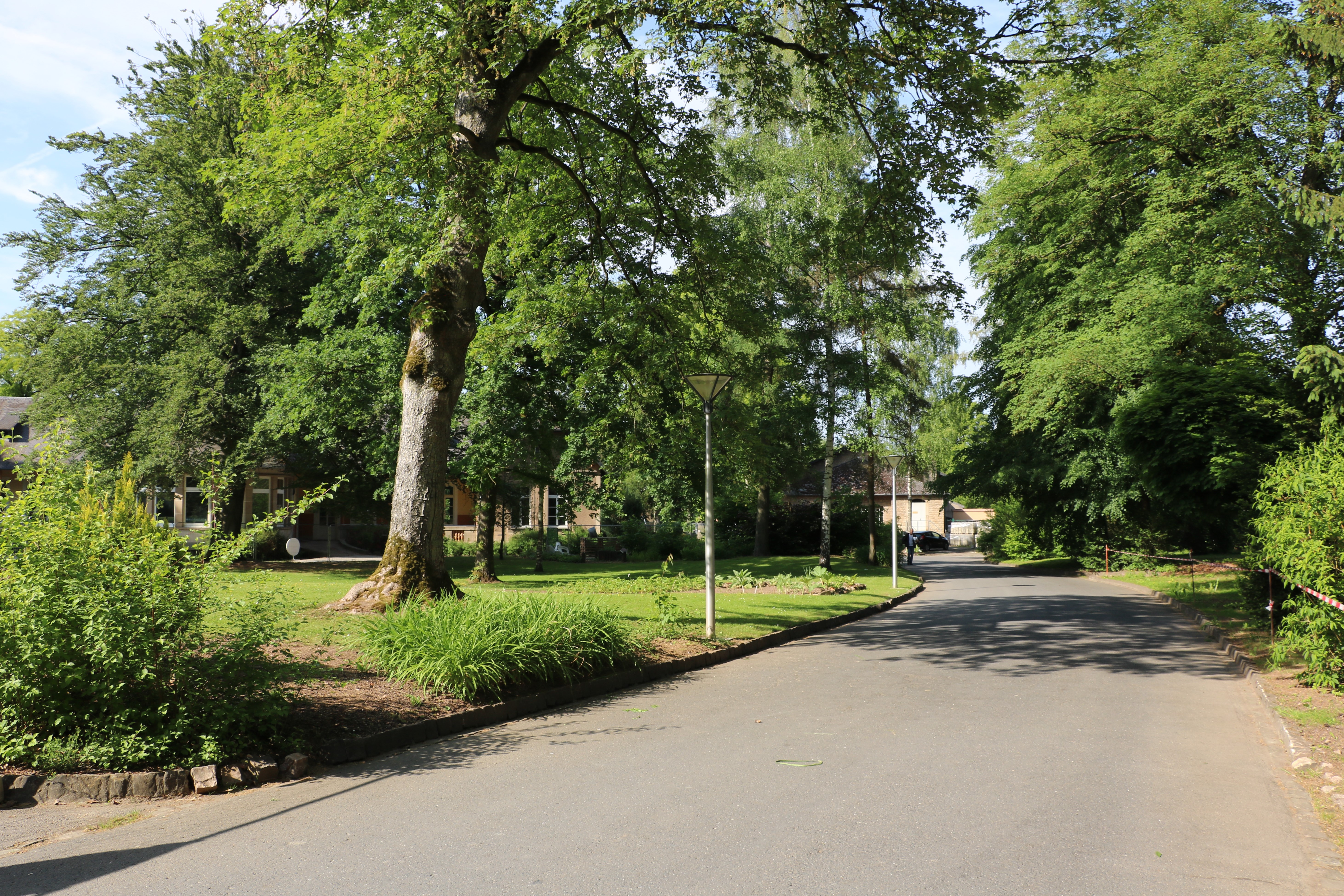In the Garden of Madness
We are now in front of one of the entrances to the park of the CHNP. Here we can ask ourselves who were the thinkers behind the transition from the monumental architecture to the pavilion style of the asylums. In fact, the park of the CHNP takes example from the asylum of Galkenhein in the Prussian Rhineland, whose construction started in 1897 (YANNI, p. 24-25).

There are some important intellectuals responsible for the utopian architecture of psychiatric institutions of the nineteenth century. Here we can name, among others, Jean-Étienne Dominique Esquirol (publication dated from 1819), Henri-Louis Falret (publication dated from 1852), Jean-Baptiste-Maximien Parchappe de Vinay (publication dated from 1853) or Paul Lenoir (publication dated from 1869). All four of them were interested in the asylum architecture and the principles to be followed, in terms of the construction, but also the organisation of the asylums. In their publications, they also dedicate a part to the design of parks.
For these intellectuals, the design of the parks and gardens benefitted the patients, who could satisfy the need of exercising and the benefits of the outside air. This way, the pavilion style responds, spatially, to the fear of impure air; in parallel, the gardens and park are considered to have a calming influence on patients (MAJERUS, pp. 42-43).

The parks allow abandoning the monumental style in favour of architectural units, with the appearance of ordinary houses with large and open gardens. But one question arises: Does the transition from monumental asylums, real imprisonment fortresses, to pavilion style asylums, representing ‘village-asylums’, mean the loss of security imprisonment? The answer here is no, as the opening and the liberty generated by the parks, gardens and the pavilion style were just an appearance. In fact, as in the monumental asylums before the nineteenth century, when everything was done in order to provide a maximum of security and the appearance of liberty was only added, the parks had to be surrounded by walls (GRAND, p. 165).
In conclusion, one can see that the nineteenth century saw the emergence of the pavilion style for the psychiatric architecture. This style had advantages in the healing procedure and the wellbeing of the patients (air hygiene theory). However, this architectural style of the ‘village-asylums’, whose basis were parks and gardens, did not represent a cut in the security and imprisonment of the patients. The surrounding wall and the hedges inside had the purpose to better separate the diverse buildings as well as isolate and close the site. Of course, the imprisonment is less visible and less direct than in the ancient monumental asylums, which is due to the idyllic frame of the wooded parks and the winding paths.
